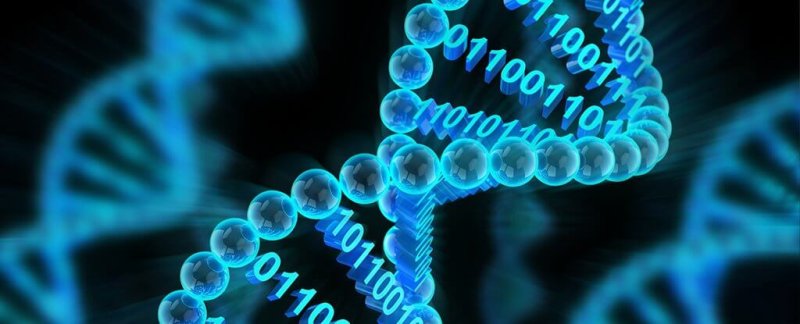[T]he Department of Defense agency tasked with funding science’s most far-out hopes has begun investing millions in discovering radical, non-binary ways to work with data. “Molecules offer a very different approach to ‘computing’ than the 0s and 1s of our existing digital systems,” says Anne Fischer, program manager for Darpa’s Molecular Informatics program
…
[Researcher Karin] Strauss will be working with [computer scientist Luis] Ceze to first extract all the visual features from the crowdsourced images, and then map them into strings of As, Ts, Cs, and Gs. Each photo might get tens of thousands of unique DNA segments, each one encoding for a curve, or a vertical line, or a patch of blue.…
[E]ach query sequence would get a special coating of magnetic nanoparticles. Drop a few of those in a microtest tube of DNA, where 10,000 images are stored in a few milliliters, and they’ll grab all the sequences that are a match. Then you just need a magnet to haul them out and a sequencer and some more algorithms to turn them back into visual images.…
[I]t’s fun to at least imagine that years from now the Department of Defense might be building underground bunkers, not for server farms, but for trays of microscopic glass beads; a nation’s secrets held in freeze-dried DNA.Read full, original post: Darpa wants to build an image search engine out of DNA































